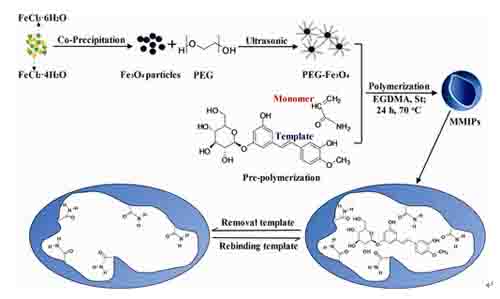Rhubarb is one of the most famous and frequently used herbal medicines for treating constipation, inflammation, and cancer. The major purgative constituents of official rhubarb are sennosides (bianthrones) and anthraquinone glycosides. The unofficial species of rhubarb exhibit much weaker purgative activities than official species because they do not have sennosides and relatively low content of anthraquinones. Unofficial rhubarbs contain high amounts of stilbenes, such as rhaponticin. Stilbenes can lower sugar and lipid levels in human blood and can be used to treat hyperlipidemia, obesity, and diabetes. According to the Chinese Pharmacopoeia, rhaponticin should not be detected in official rhubarbs. However, an increasing amount of evidence has been reported about the adulteration of rhubarb pharmaceutical preparations using unofficial rhubarbs to reduce cost. Some Chinese patent medicine (CPM) that contain rhubarb in the market have been found to contain rhaponticin as adulterant. Thus, establishing a sensitive method for the analysis of rhaponticin in CPM, including efficient sample preparation and detection technique is necessary.
Researchers from the Key Laboratory of Chemistry of Northwestern Plant Resources, Chinese Academy of Sciences, have, for the first time, prepared magnetic molecularly imprinted polymers (MMIPs) for the recognition of rhaponticin in CPM samples.
 |
| Schematic representation of rhaponticin-MMIPs. (Image by SHI Yanping et al.) |
The MMIPs were synthesized via suspension polymerization, using Fe3O4 as magnetically component, rhaponticin as template molecule, acrylamide (AM) as functional monomers, styrene (St) as copolymer monomer and ethylene glycol dimethacrylate (EGDMA) as a cross-linker in dimethyl sulfoxide porogen and characterized by various means.
Investigation of the selectivity recognition properties of MMIPs showed high adsorption capacity and selectivity of the MMIPs to template molecule (rhaponticin). The extraction procedure took a short time to reach the adsorption and desorption equilibrium and the MMIPs were easily collected using an external magnetic field. The proposed method was used to determine rhaponticin in real CPM samples, and the MMIPs displayed a good selectivity and specificity to rhaponticin. The high recoveries of the CPM samples proved that the method was valid for the analysis of rhaponticin in different CPM samples.
The work has received support from the Nnational Natural Science Foundation of China. The findings have been published in Journal of Chromatography A(Journal of Chromatography A, 1252 (2012) 8– 14.


